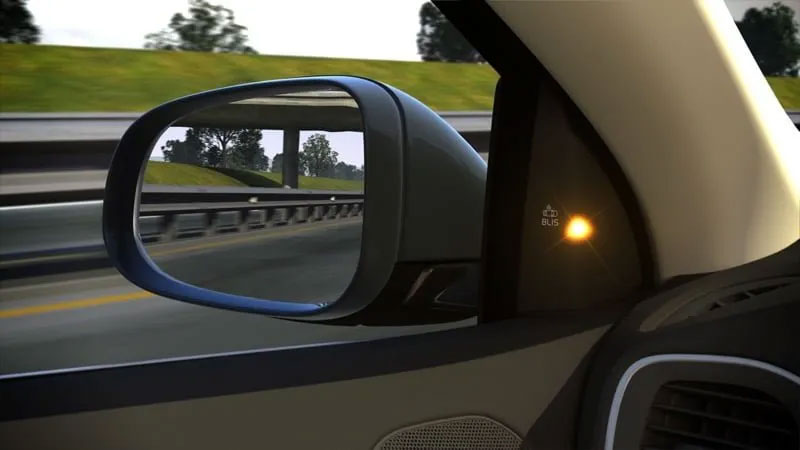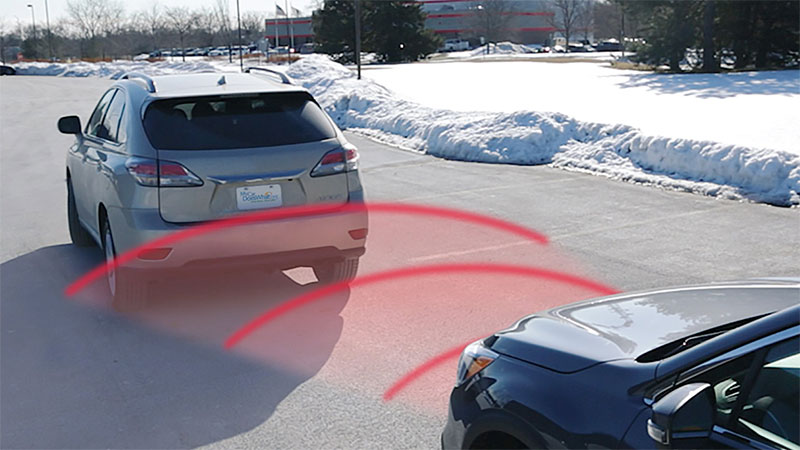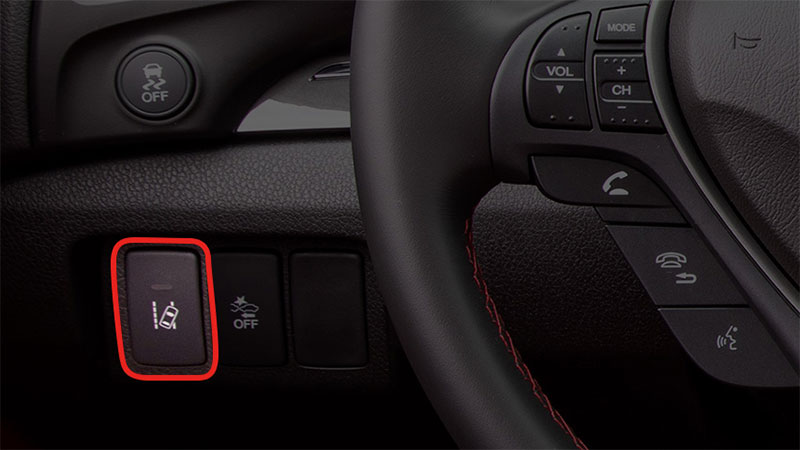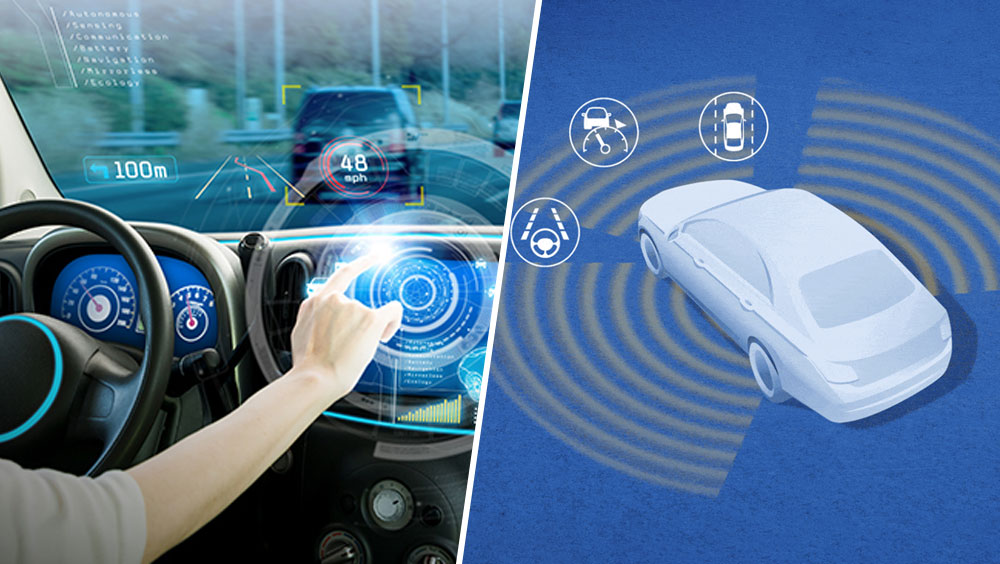Safety is consistently ranked as one of the most important things buyers think about when shopping for a new car. Newer cars have a suite of advanced safety features that help keep their occupants safe.
Blind Spot Detection

Unless you drive a convertible with its top down all the time, your car probably has a blind spot. Newer cars with blind spot monitors can plug the visibility gap with sensors that let the driver know about other cars back there. Often, these beep or light up an indicator on the side mirror to let the driver know someone is in the hard-to-see slot one lane over and behind the shoulder.
Adaptive Cruise Control
Cruise control can be a lifesaver on long drives, but until recently, this feature required drivers to ride the switch and shut it off if they got too close to a leading vehicle. Adaptive cruise control monitors the distance in front of your car and automatically keeps a consistent distance for safe braking and other maneuvers. This feature can generally be switched off for more hands-on control if you prefer.
Automatic Emergency Braking

Humans aren't always able to stop their car quickly enough to avoid an accident. Even if you see a bumper and brake lights in front of you in time, you might only be able to slow down before having a fender bender on the freeway. Automatic emergency braking uses the same look-ahead system as adaptive cruise control to monitor distance ahead and to apply the e-brake if the computer works out that the car can't otherwise stop in time. This is usually accompanied by the car's internal controls switching off the radio and sounding an alarm to let the driver know a collision is imminent.
Backup Camera(s)
Quite a lot of minor impacts take place when a driver is backing up. This can be during a tricky parking maneuver or when backing out of a tricky parking space. Backup cameras mounted over the license plate, and sometimes on the sides of the vehicle, switch on when the car goes into reverse and display the field behind your car on the dashboard screen. Advanced systems come with motion and obstruction detectors that sound an alert when another car or pedestrian is about to pass by behind your backing vehicle, letting you stop in good time.
Lane-Assist/Departure Control

Drifting between lanes can be an issue for many reasons, from fatigue to challenging road conditions. Newer cars with lane assistance use audio and visual alerts to warn you of an impending lane departure, using the road markings as a guide. Cars with autopilot engaged can even tug the vehicle back into its lane with a handy feature you can switch off when you want full control.


